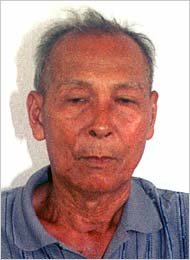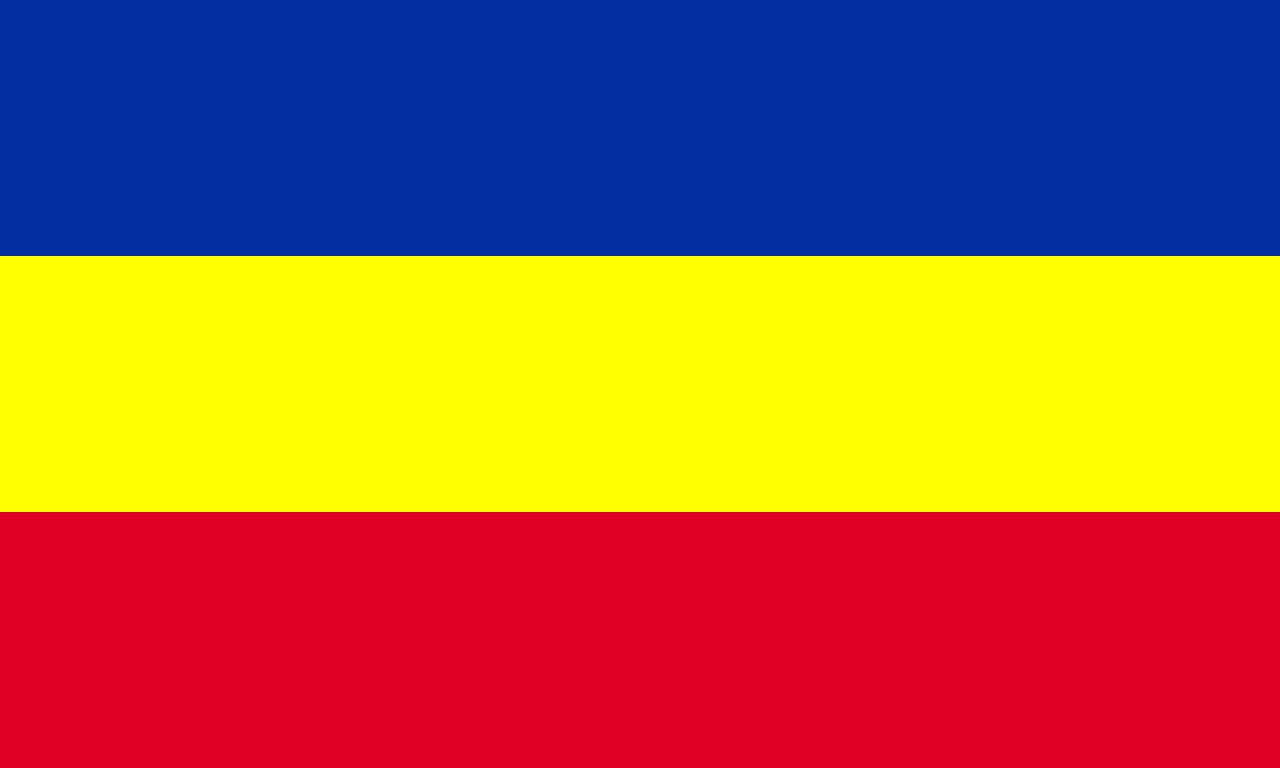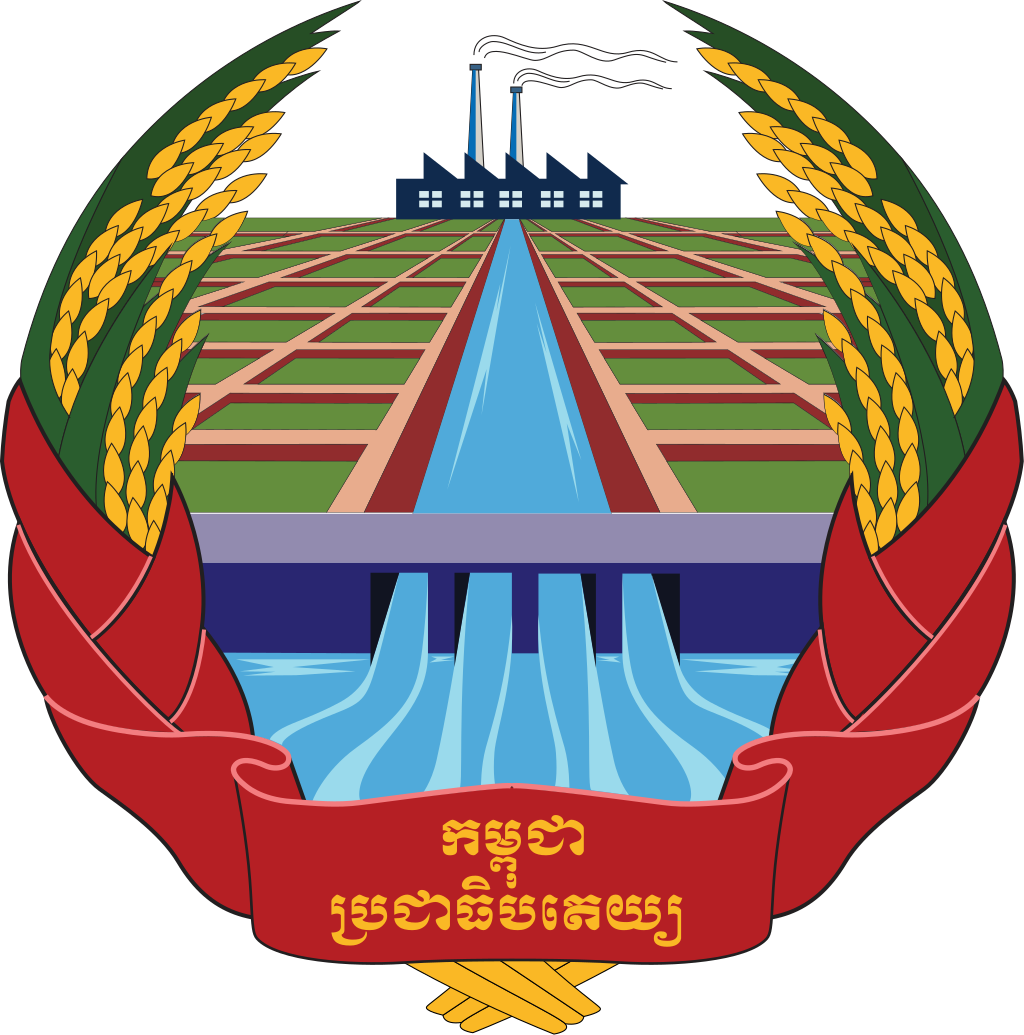Ta Mok was a senior political and military figure within the Khmer Rouge, Democratic Kampuchea and various other rebel groups within Cambodia. He is also notable as being the last leader of the Khmer Rouge.
A Khmer Rouge member throughout his life he was the last member to be captured in 1999 and would remain in prison until his death in 2006.
Early Life of Ta Mok
Born the eldest of seven children, in Pra Keap village, Trapeang Thom commune, Takeo (now a tourist attraction), it is believed he came from a relatively wealthy background.
Ironically like many other Khmer Rouge members he briefly became a Buddhist monk, only to. Quit at the age of 16.
In the 1940’s and 50’s he became active in the revolutionary movement against the Japanese and French and became a Khmer Israarak member in 1952.
As\ this movement began to splinter it is believed that he joined the precursor to the Khmer Rouge, the Peoples Revolutionary Party of Kampuchea.
Ta Mok and the Khmer Rouge
Despite not being a member of either the Cercel Marxiste or the group that formed the Workers Party of Kampuchea Ta Mok had become a leading political and military figure by the late 1960’s as the party began to embrace Maoism further.
Over this period he became a member of the Standing Committee of the Khmer Rouge’s Central Committee (“Party Centre”), as well as being a leading military figure within the group. In 1970 he lost part of one of his legs during battle.
Between 1970 and taking power in 1975 Ta Mok was key figure in policy through the “liberated zones” and in some ways he is considered a primary architect of the Killing Fields. One example of this is the direct killing of, or forcing into slave labour of 20,000 people in March 1974 in Oudong on the outskirts of Phnom Penh.
Ta Mok in Democratic Kampuchea
During the reign of Democratic Kampuchea Ta Mok was officially the Southwest Regional Secretary, a Standing Committee member, as well as Brother Number 5. At this point at least this made him the 5th most important person within the Communist Party of Kampuchea.
During the Democratic Kampuchea reign he was a huge part in the many purges orchestrated by the Khmer Rouge, which included the killing of 30,000 people in Angkor Chey in Kampot.
This earned him the nickname “The Butcher” as he remained a key member of Angkar. It was tough to be after the fall of the regime that he would gain more importance.
Ta Mok after Democratic Kampuchea
Fowling the overthrow of the regime Ta Mok would not only join his comrades in rebellion, but also become leader of the National Army of Democratic Kampuchea. Officially at least he retained a relatively low profile, much like Pol Pot, with Khieu Samphan and Son Senn taking more public roles.
He did this from his base in Anlong Veng, where he would remain until his death.
Ta Mok after the 1993 peace process
It is now known that the Khmer Rouge were largely split on whether to take part in the 1993 elections, but that a common ground was found as they went back into rebellion in 1994. It is known that Ta Mok was one of the most ardently against taking part in the elections.
In 1994 the Khmer Rouge formed the internationally unrecognized Provisional Government of National Union and National Salvation of Cambodia, also known as the last Khmer Rouge state. The “state” was officially government by the Cambodian National Unity Party.
In charge was Khieu Samphan, assisted by Son Senn, who was also nimbly head of the military.Its main areas of control were Preah Vihear, Pailin, and Anlong Veng. From 1996 though things started to change as senior members started to defect, beginning with Ieng Sery, who formed the Democratic National Union Movement, and Khieu Samphan who formed the Khmer National Solidarity Party.
Last leader of the Khmer Rouge
Following these defections Pol Pot, who remained the de-facto leader of the Khmer Rouge behind the scenes became increasingly paranoid that someone would sell him out.
After suspecting that Sonn Senn and Ta Mok were going to defect he ordered both of their executions in the summer of 1997. This worked with Senn, who would be executed with 13 of his family members, but failed with Ta Mok, who had become somewhat a local celebrity in Anlong Veng. He in turn ordered the arrest of Pol Pot, who would remain under Khmer Rouge house arrest until his death in April 1998. It is unknown if he was killed, or died of natural causes.
During this period Pol Pot and Ta Mok did an interview where Ta Mok in particular laughed whilst raking about if hundreds of thousands, or millions had been killed.
Ta Mok though was at this time very much the leader of the Khmer Rouge. Khieu Samphan and Ta Mok were though to dissolve the Provisional Government on June 22nd 1998.
It is though felt that the Khmer Rouge continued until March 6th 1999 when Ta Mok and his small band of followers were arrested near the Thai border.
Later life, death and legacy of Ta Mok
Ta Mok would be put in prison and charged with of all things membership of an outlawed group and tax evasion. He would die in prison without ever facing a meaningful trial.
His funeral in Anlong Veng notoriously was attended by numerous well wishers, while his home and tomb in Anlong Veng, where his family still live are well kept. Within this area he is still well regarded, while his family are still relatively wealthy.
Nationally though he is much less spoken about than other senior Khmer Rouge figures. Without any irony there is now a Tamok Guesthouse next to his former home.




